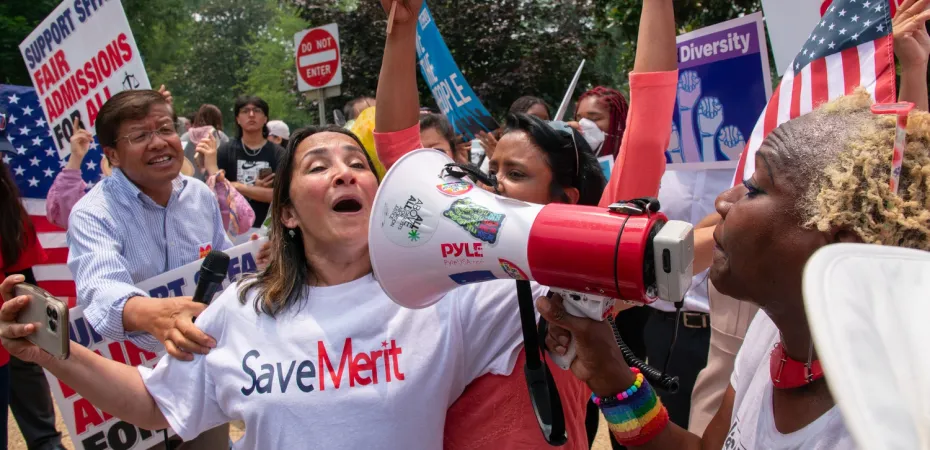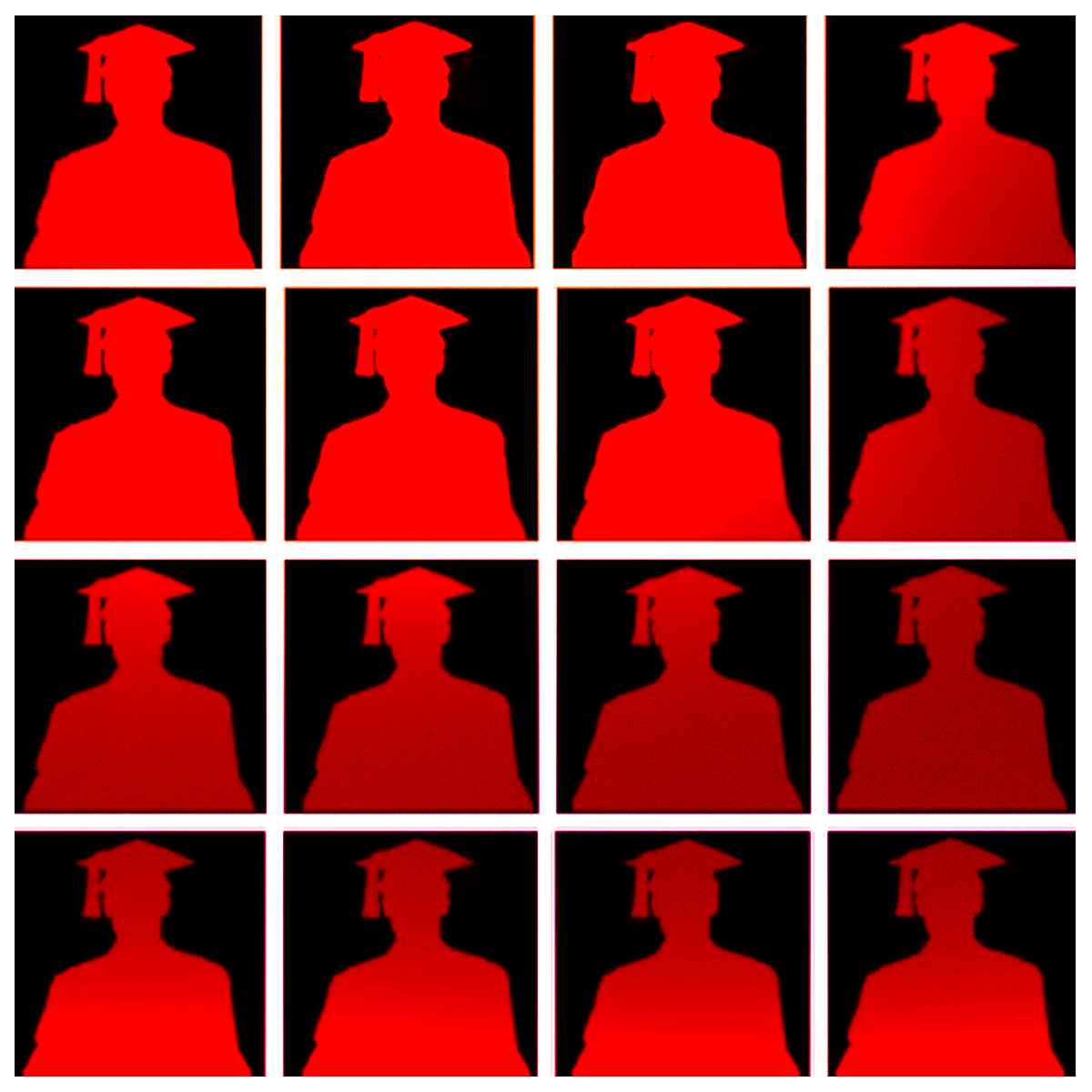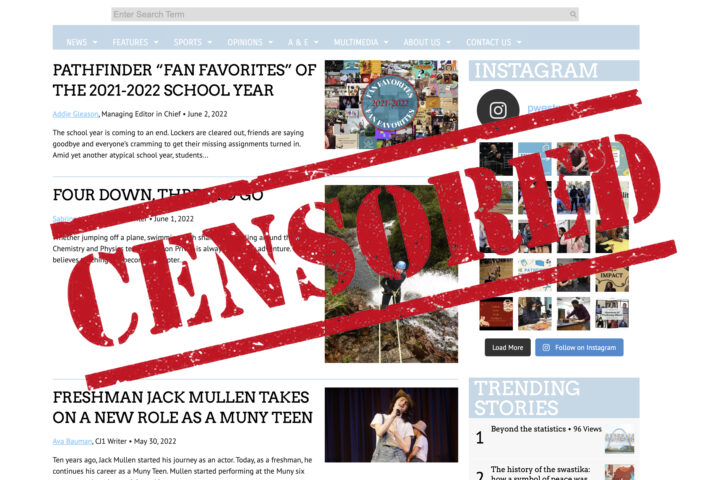This story is syndicated from Peabody Press, the newspaper of University School of Nashville in Nashville, TN. The original version of the story ran here.
In June 2023, the Supreme Court’s conservative majority struck down the practice of race-based affirmative action at any United States college or university, private or public, that receives federal funding from the United States government. One year later, the very first students impacted by the decision are off to college and feeling the impacts firsthand. There’s no question in anybody’s mind that the ruling is highly consequential, but student perspectives differ on how exactly it will affect racial equity at colleges in the U.S.
While many worry that it will significantly limit the representation of students on campuses with racially diverse backgrounds, others wonder if it could lead to some overlooked benefits, including expanding the way diversity is defined.

Let’s back up and recap some of the context surrounding this ruling. The petitioner was a group called Students for Fair Admissions (SFFA), a non-profit legal advocacy organization with the purpose of challenging race-based affirmative action policies that SFFA believes targets white and Asian students.
During their presentation, SFFA cited a number of statistics regarding the discrepancies between admission rates for Asian-American applicants and African-American applicants. For instance, 56.1% represents Harvard’s acceptance rate for African-American applicants in the top 10% of Harvard’s applicant pool by objective academic metrics such as GPA; conversely, 12.7% represents Harvard’s acceptance rate for Asian-American applicants in the same category.
Race-based affirmative action policies have been in place within American higher education institutions for decades to increase the number of underrepresented minorities (typically classified as students who identify as African-American, Native American, Hispanic, and Pacific Islander) on college campuses.
Race-based affirmative action has been practiced by many universities across America to re-write systemic oppression that many scholars believe disproportionately affects students that belong to underrepresented racial groups. Further, many U.S. colleges and institutions have argued that race-based affirmative action policies diversify the perspectives on their campuses, by asserting that a person’s race heavily influences a student’s lived experiences and ideas.
The Supreme Court’s decision to strike down the use of race-based affirmative action was one of its most controversial rulings of 2023. The decision significantly affected current high school students, especially current juniors and seniors who were uncertain about the potential impacts of the ruling on their application process and decisions.

Rhea Nachnani ‘25, an Indian-identifying Asian-American, was starting to think about colleges she would apply to when the Supreme Court’s ruling was finalized. Nachnani’s mother was the one who first informed her of the ruling. Although her mother thought the end of race-based affirmative action would benefit Nachnani, Nachnani was torn.
Nachnani acknowledges that students at top colleges might not be exposed to as diverse of a cultural experience in college now that race-based affirmative action is no longer practiced.
Tré Sheats ‘24, the current president of the Black Student Union, had similar opinions about affirmative action.
“Colleges should consider an applicant’s race because the experiences caused by a person’s racial identity are important to one’s character and life story,” Sheats said.
By ending race-conscious admissions, Sheats believes that the Supreme Court is invalidating students from racially underrepresented and diverse backgrounds, whose perspectives could add significant value to college campuses.
However, many students at USN believe that there is some benefit to the Supreme Court’s decision to end race-based affirmative action. Kermina Rezk ‘25 expressed that some students of diverse racial backgrounds felt boxed in when asked to identify themselves on college applications.
“A lot of people don’t know this, but Middle-Eastern people were forced to identify as white on their college applications in the past,” Rezk said. “I don’t identify as white, and forcing myself into a racial box that didn’t represent who I was didn’t feel right to me.”
Rezk also had strong opinions on other forms of “admissions benefits” many colleges are continuing to practice in spite of the Supreme Court decision, like legacy admissions or preferences for children of major donors. Rezk said that the Supreme Court’s decision on race-conscious admissions made her scrutinize the legitimacy of admission benefits given to children of alumni and donors at colleges.
Some students, like Henry Gatto ‘25, had different opinions on the topic. Gatto argued that the Supreme Court’s decision put an emphasis on widening the idea of diversity beyond a racial lens.
“The Supreme Court’s decision allows students to present their differences in ideas and character,” Gatto said.
Aaron Fulk, USN’s director of college counseling, reported that he predicts that the Supreme Court’s decision will impact students at Title I public schools more than it will impact USN’s underrepresented student population because there is more application support available for USN’s upperclassmen.
Nachnani, Sheats, Rezk, and Gatto all expect that African-American, Hispanic, and Native-American enrollment will decline at America’s most elite institutions due to the Supreme Court’s decision. In contrast, Nachnani, Sheats, Rezk, and Gatto all believed that White and Asian enrollment would increase at America’s most selective universities. However, none of the students interviewed reported that the Supreme Court’s decision significantly influenced their prospective college lists.
USN students had many different responses when asked about the potential ramifications of the decreases in underrepresented student enrollment at America’s top colleges. Sheats expressed that the cultural awareness of marginalized perspectives among white students might suffer due to a decline in the enrollment of underrepresented racial groups.
“White people will be negatively impacted by these changes because they will not be subjected to as many perspectives that differ from their own, which will hinder their thinking and empathy as they navigate the real world,” Sheats said.
The Supreme Court’s decision on affirmative action is highly controversial, and most people have no idea what the future of diversity and inclusion on college campuses looks like. However, the results of this admissions cycle will be instrumental in understanding the future of racial equity on college campuses in a “Post-Affirmative Action” era.



